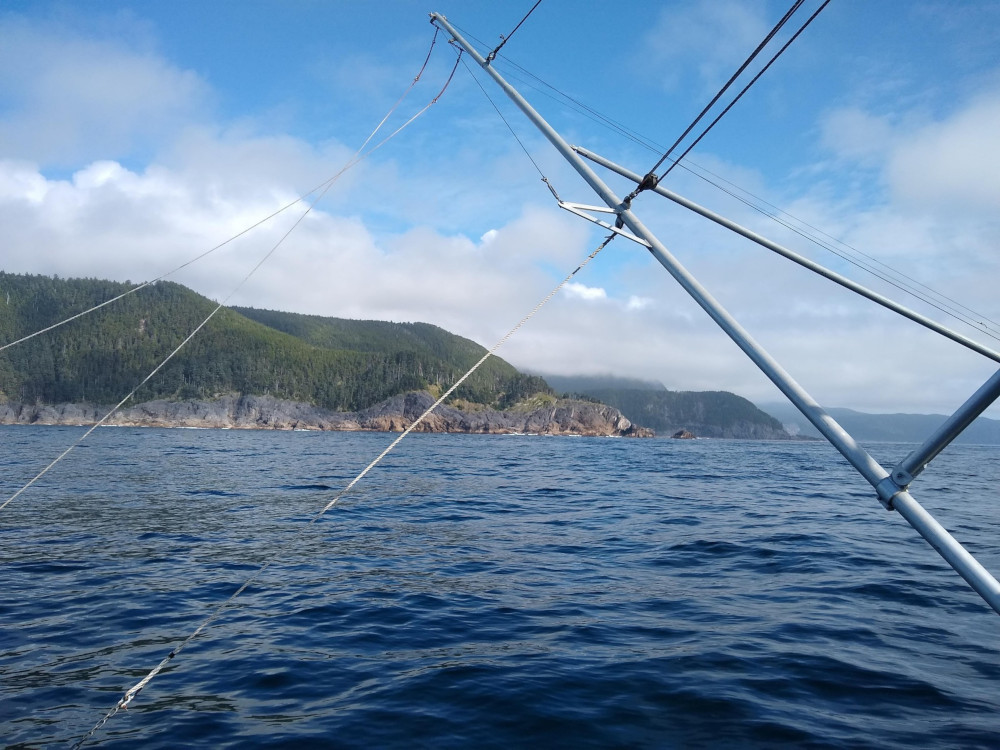
Commercial salmon trolling in most of Southeast Alaska shuts down briefly just before midnight Thursday, July 28. That’s after a king salmon opening that lasted for most of this month.
The first summer opening for kings started July 1st and was projected to last 10-12 days. The fleet has caught an estimated 87,000 chinook during that time, well below the target of 106,900 fish.
Grant Hagerman, the Alaska Department of Fish and Game’s troll management biologist for Southeast, said catch rates have been lower than expected
“We initially had projected out 10-12 days,” Hagerman said. “But it was very apparent I think at least when the first set of landings came in over that first week, not only from fish tickets but from fishermen interviews that things weren’t quite as good as what we anticipated as far as catch rates. It’s just not consistent through the region. There has been some very good king fishing but it’s just not distributed all throughout the region.”
It’s not the first time for such a long stretch of fishing. The first opening in the summer of 2003 lasted into early August.
Hagerman points to a couple factors. High fuel prices have some permit holders fishing closer to home or sitting out this year. Effort, like last year, is at record low levels, about 30 percent of the long-term average.
Preliminary numbers show over 580 trollers made landings at the start of the season. That’s dropped to under 400 by late July.
Hagerman said fishermen are also opting to target other species.
“We now have enhanced chum salmon fisheries that are coming online here on the outer coast near Sitka and like last year could be looking at 100 plus vessels that are choosing to target chum salmon over chinook salmon or coho salmon,” he said. “So kind of the change in the fleet dynamic this year is one of the reasons that we’re still fishing on that July target, we’ve not reached that yet.”
The troll fleet catches a mix of king salmon originating in Alaska, British Columbia, Oregon and Washington. The harvest is regulated under a treaty between the U.S. and Canada.
The target for the fleet in August will be 67,000 kings.
The three-day closure at the end of July allows some coho salmon to return to spawning streams, especially on the inside waters. Hagerman said catches of silvers started slow but have picked up.
“The assessment weeks that we use are the second and third weeks of July,” he explained. “And as I mentioned they were not great at that time, however, they have dramatically increased over the last couple of weeks and some areas (are) well above average. So it’s looking much better on the coho front. But we are still enacting this short closure because of what we saw earlier on in the season and because of kind of the regulatory requirement there.”
The very preliminary projected commercial catch of wild coho salmon at the end of the season is around 1.2 million silvers, although Hagerman cautions that’s likely to change.
The coho closure comes earlier in the season than normal. In addition areas of high king salmon abundance, normally closed to fishing later in the summer, will reopen to the fleet.
The average price for troll caught kings this summer is $5.90 a pound. It’s $1.91 a pound for coho and a $1.21 a pound for chum.
Even during the closure, some parts of Southeast remain open to trolling for hatchery chum salmon. The rest of the region reopens to trolling for all salmon, even kings, August 1st.









